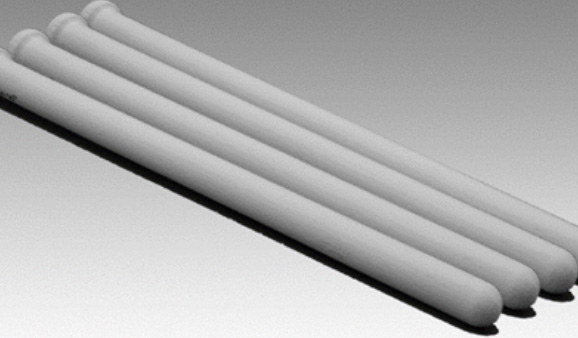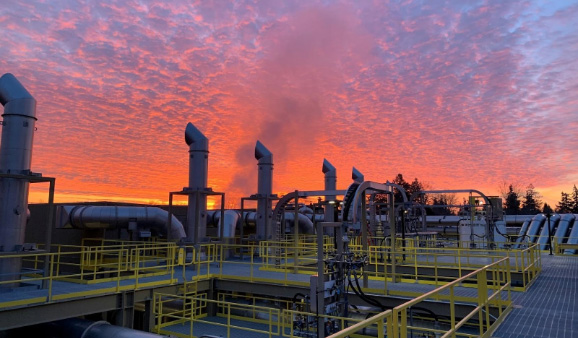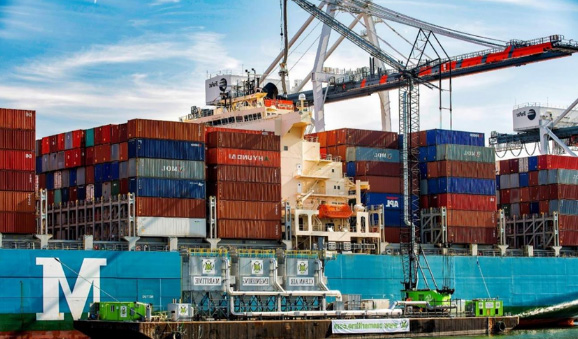
Technology Commercialization Glass Industry
In 2011 the first catalytic ceramic filter system went online in the US and has been operating continuously, in compliance, and on the same set of filters to the present day.
The developer of that project Rod Gravley went onto develop more than 20 projects in the US glass market that includes operations in float, container, fiber and tableware furnaces and also emmissions from fiber forming.



